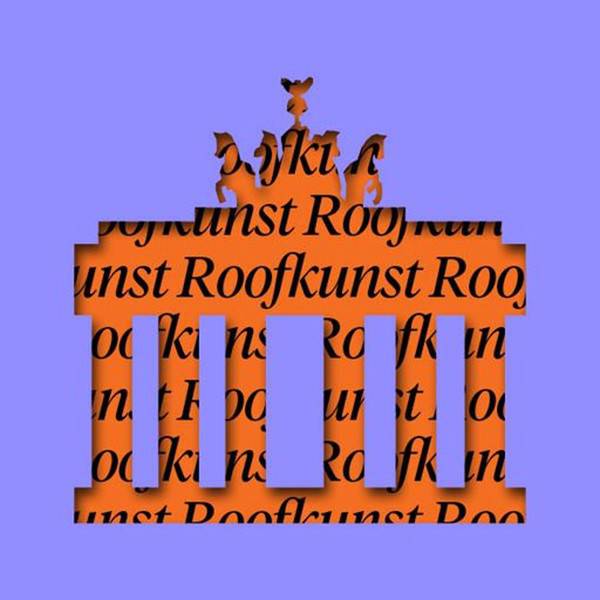Objects in de exhibition (selection)
The stories in the exhibition are the result of recent investigations by curators and researchers at the museums involved. Existing research by international experts has also been used, including the reports drafted by restitution committees for art looted by the Nazis and the colonial powers.
Loot – 10 Stories will include a Balinese kris from circa 1800-1850. In 1851 this dagger was gifted to the Preußische Kunstkammer, the forerunner of the Ethnologisches Museum in Berlin. “Carried by a high-ranking person, conquered in Kasumba” was the description of the object, referring to its confiscation by Dutch soldiers in Kasumba [now Kusamba] during the Third Bali War in 1849.
The VR experience by Jongsma + O’Neill will take visitors to the aftermath of a violent offensive by Dutch troops that killed hundreds of Balinese at a temple complex, when they most likely also looted the kris.
In 1806 French troops under the command of Napoleon entered Berlin and seized the quadriga, a sculpture of a Roman chariot drawn by four horses abreast, symbolising peace, which stood on top of the Brandenburg Gate. It was returned to Berlin in 1814, and was damaged by bombing in the Second World War. Only one remaining horse’s head is now at the Stadtmuseum Berlin, and it will also feature in the exhibition in The Hague. In the VR experience by Jongsma + O’Neill visitors will have an overview of the impressive victory parade of Napoleon’s armies from the top of the Brandenburg Gate.
A staff featuring a female figure (c. 1900) from Suriname is one of a group of Surinamese objects that the Ethnologisches Museum purchased from a German collector in 1903. It originally belonged to the Maroons (specifically, the Ndyuka), a group of people of African origin who fled slavery on the plantations and went to live in the hinterland of Suriname. The staff was looted from its original owners during the time when Suriname was under Dutch colonial rule. The looting of cultural items has a lasting impact on the collective memory of the customs and traditions of the original owners. Jongsma + O’Neill have made a documentary for the exhibition in collaboration with poet Onias Landveld, whose Ndyuka relatives have strong ties with the region where the staff was stolen.
The Mauritshuis has in its collection a painting by Rembrandt (Late Self-Portrait, 1669) which was stolen from the Rathenaus, a Jewish family, in the Second World War. The idea was that it would be displayed in Adolf Hitler’s Führermuseum, which was never actually constructed. After liberation, the allies found the painting in the salt mines of Altaussee in Austria, where the Nazis stored a huge quantity of looted art treasures in the underground tunnels. The Rembrandt was returned to the Rathenau family after the Second World War and the Mauritshuis purchased it in 1947, with the support of the Rembrandt Association and a number of private individuals. The VR experience by Jongsma +O’Neill will take visitors deep into the Altaussee mine where the art treasures were hidden.
The other objects in the exhibition will be on view later on the website: www.mauritshuis.nl/loot

